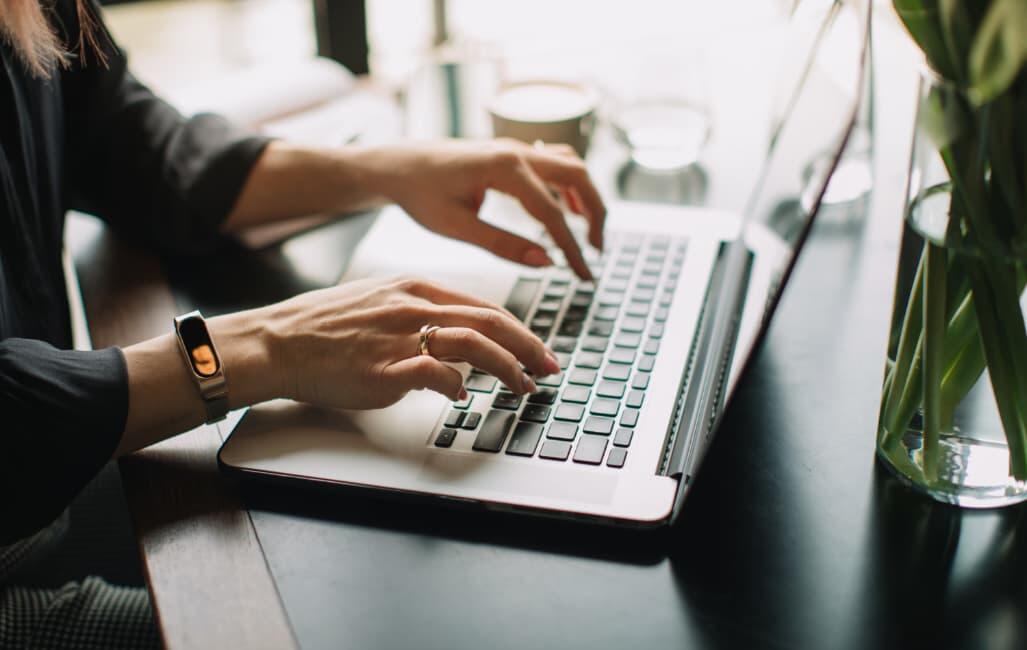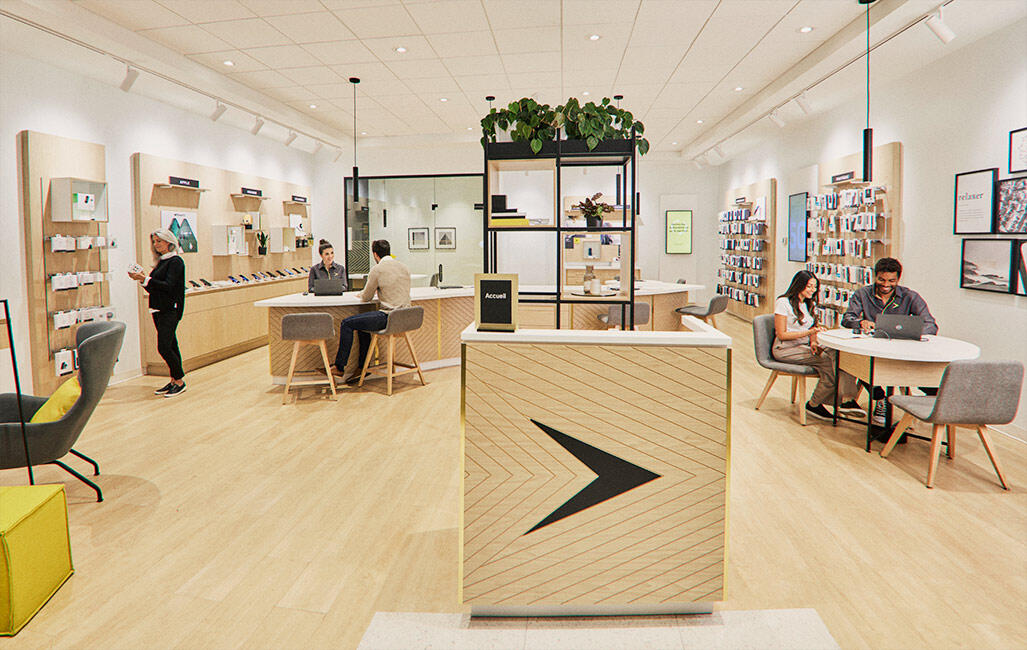We sometimes lack imagination when choosing a secure password. Keep in mind how important this security feature is, especially if you access your accounts and content on several devices, thereby multiplying your security risks. The following list of do’s and don’ts will help you make your digital content and connected devices safer, so you can enjoy them worry free.
DO...
- Create a password ideally made up of 15 characters or more. The longer your password, the harder it will be to guess.
- Make use of mnemonics to help you remember it. You could choose a phrase (song lyrics, part of a poem, a quote, etc.), but just use the first letters of each word. For example, the phrase “A long time ago, in a galaxy far, far away” could become “Altaiagffa”.
- To make your password even stronger, set your own “coding” scheme, such as adding a number between each letter, replacing letters with unusual punctuation marks, writing words backwards, etc.
- Use a password manager. These applications, some of which are free, provide a highly secure means to save your passwords. You only have a single master password to remember (so choose it carefully).
- If you don’t wish to use such a manager, computer security expert Bruce Schneier suggests you write them down. After all, no one can remotely access a piece of paper, unlike your computer, so this option helps avoid any hacking risk — as long as you keep it somewhere safe.
DON’T...
- Include personal information (birthdays, important dates, addresses) in your password. Hackers can scan your computer for information about you, then try out password combinations that include it.
- Use the most common passwords. If your usual password is “123456”, we have some bad news for you: it ranked first on SplashData’s list of the 100 worst passwords in 2017, which means it's the easiest to hack! The best way to understand the importance of using a unique password is to know how hackers operate. When trying to hack an account, they first try many different passwords. According to Bruce Schneier, some hacking tools can test 8 million of them per second! And the first passwords they test are the most common ones. By avoiding such ubiquitous combinations, you’ll make their job much harder.
- Use the same password for several accounts. Of course, it’s easy to fall into that trap due to a lack of inspiration (and also, let’s be honest, out of laziness), but using the same password increases the risk your accounts could be hacked.
Bottom line, be creative and make sure to keep your passwords in a safe place. Outwitting hackers will help you protect your data!


